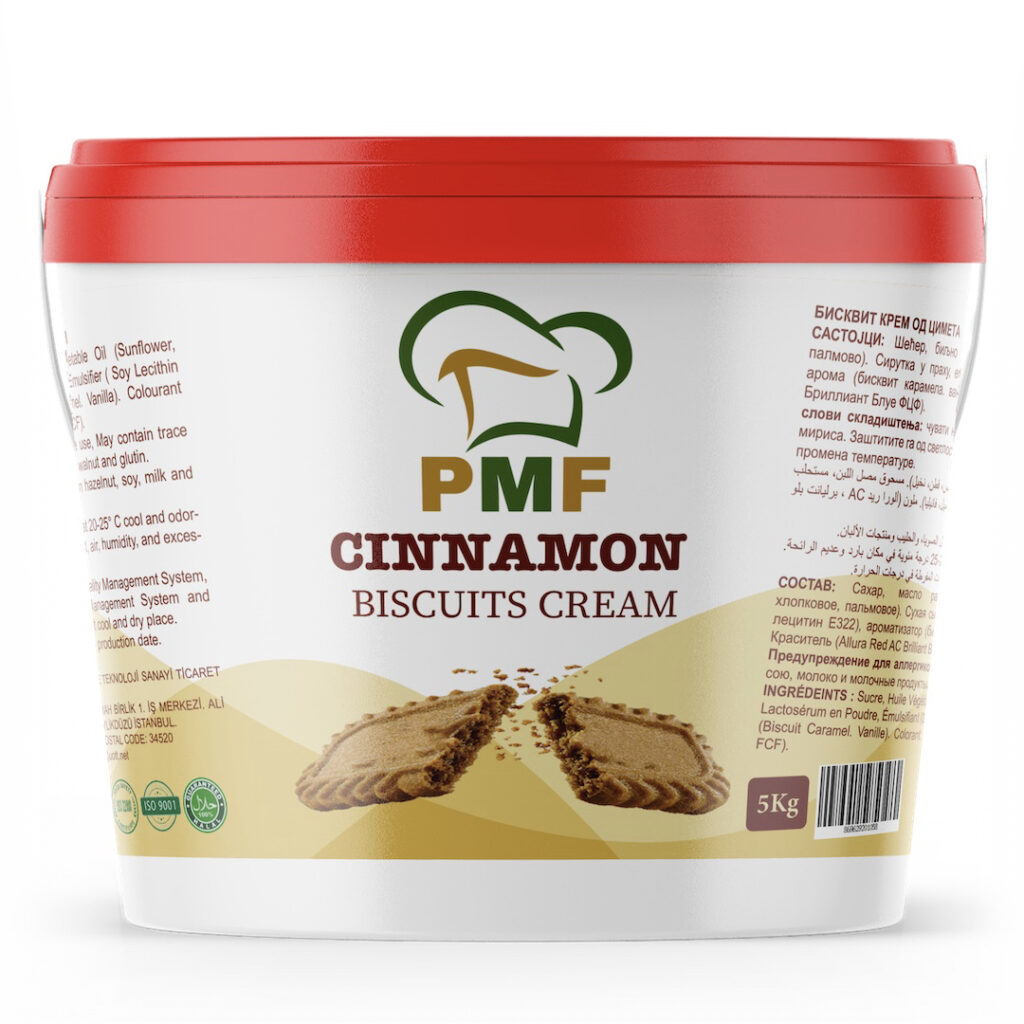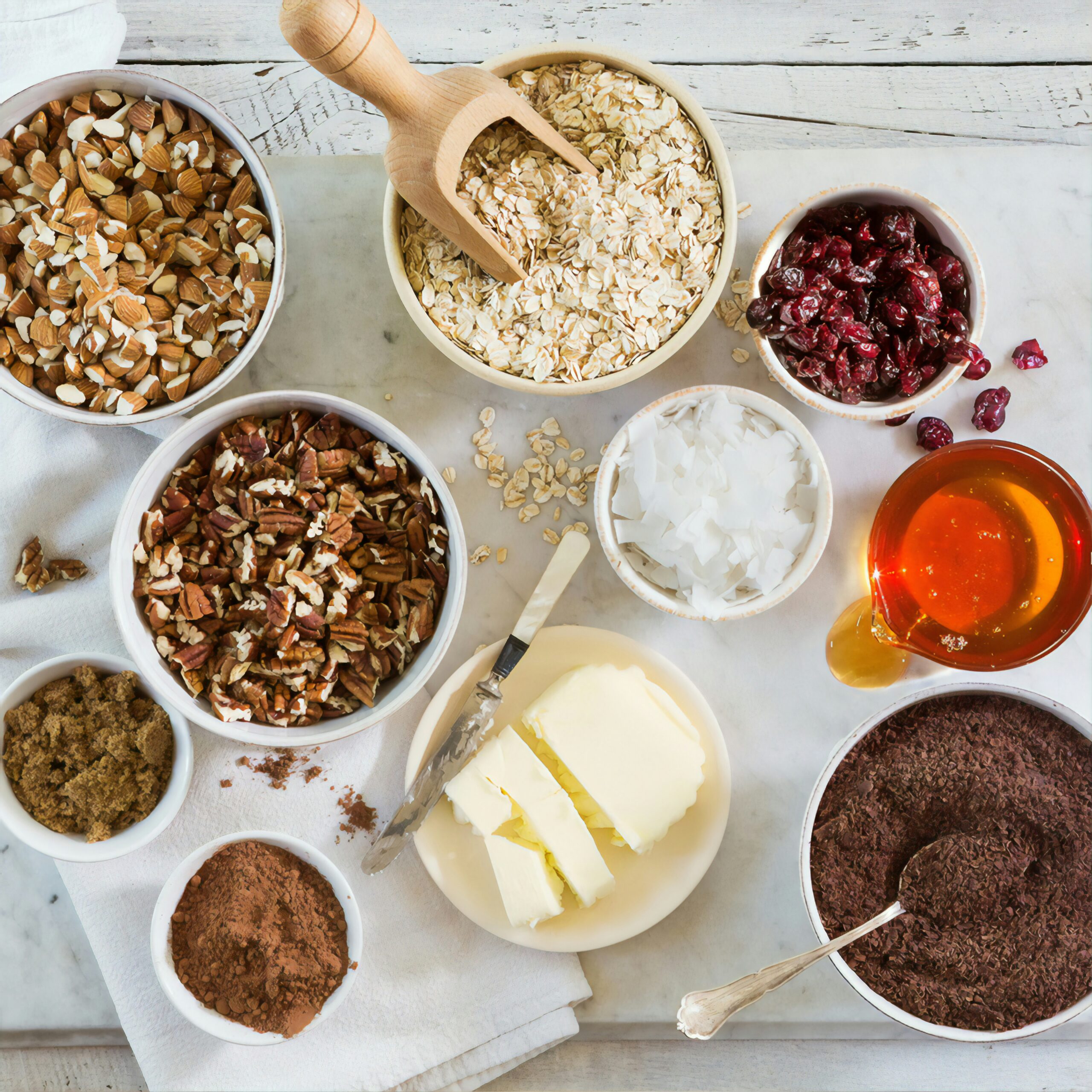Introduction to Sponge Cakes
Sponge cakes are a fundamental component in the world of baking, celebrated for their light and airy texture. At their core, sponge cakes are typically made with a few essential ingredients: flour, sugar, eggs, and a leavening agent. The unique characteristic of a sponge cake lies in its ability to incorporate air into the batter, which is achieved through a careful mixing process. This incorporation of air contributes significantly to the cake’s delightful rise and soft crumb, offering a base that is both tender and springy.
The versatility of sponge cakes makes them a popular choice for a variety of culinary creations. They can be served as simple desserts, layered with fruit and cream, or adorned with rich icings and fillings. In a more festive context, sponge cakes often serve as the foundation for elaborate celebration cakes, such as those seen at weddings and birthday parties. Furthermore, sponge cakes can be flavored with various extracts, fruit purees, or even chocolate, allowing for endless variations. This adaptability underscores their status as a staple in both home and professional bakeries.
In addition to their delicious taste and texture, sponge cakes also carry an element of cultural significance. Across different regions, variations such as the classic Victoria sponge cake or the chiffon cake showcase the diverse interpretations of the sponge cake tradition. Each variation highlights the baker’s technique and the ingredients used, revealing a fascinating history of culinary practice. Thus, understanding sponge cakes is not merely about recognizing a dessert; it is about appreciating their role in baking artistry and their ongoing evolution within the culinary landscape.
What is a Victoria Sponge Cake?
The Victoria sponge cake is a quintessential element of British culinary tradition, named in honor of Queen Victoria who is often credited with popularizing afternoon tea in the 19th century. This delightful cake has made its mark as a staple at tea gatherings throughout Britain, reflecting both the elegance and simplicity that characterize Queen Victoria’s reign. The origins of the Victoria sponge can be traced back to the era of lavish, yet comforting, tea-time treats, serving as a symbol of sophistication and leisure.
A Victoria sponge cake is typically composed of two layers of light, airy sponge, which is achieved through the creaming of butter and sugar, followed by the gradual incorporation of eggs and flour. The result is a moist and delicate cake that is often filled with a layer of jam, frequently raspberry or strawberry, along with a generous spread of whipped cream or buttercream. This classic combination not only heightens the flavor profile but also contributes to the cake’s signature texture and aesthetic appeal.
The popularity of the Victoria sponge cake is attributed to its rustic charm and versatility, allowing bakers to customize fillings or toppings to suit individual preferences. Selecting high-quality ingredients is imperative, as they directly influence the cake’s taste and texture. For example, fresh, ripe fruit preserves and organic cream can elevate the overall experience, making each bite a true delight. Traditionally, the method of preparation involves careful folding techniques to maintain the lightness of the sponge, ensuring an airy final product that appeals to both the eye and palate.
Overall, the Victoria sponge cake stands as an enduring symbol of British heritage, celebrated for its historical significance and enjoyed during both casual and formal occasions. Its continued presence at tea time is a testament to its timeless appeal, making it a beloved recipe passed down through generations.
Differences Between Victoria Sponge and Other Sponge Cakes
The Victoria sponge, recognizable by its light texture and classic filling of jam and cream, serves as a fine example of British baking tradition. However, when compared to other varieties of sponge cake such as génoise and chiffon, distinct differences in ingredients and preparation techniques emerge. These variations ultimately influence the flavor profiles and culinary applications of each cake type.
Génoise sponge, originating from Italy, is prepared without the use of any added fat, relying solely on the emulsification of eggs to achieve its airy texture. This cake incorporates flour and sugar, which is folded into the egg mixture, resulting in a rich and delicate structure. The absence of butter in génoise results in a drier cake compared to the moistness of a Victoria sponge, making it an excellent base for layered cakes and desserts that require added fillings or syrups.
In contrast, chiffon cake stands out as a hybrid between sponge and butter cakes. It utilizes both oil and eggs and is leavened with baking powder, offering a uniquely moist crumb that retains a lightness similar to a classic sponge. This moisture lends to a richer flavor, allowing chiffon cakes to pair well with various frostings and fillings. Unlike the Victoria sponge, which highlights simplicity, chiffon cakes allow for increased flavor experimentation through different fillings and toppings.
Moreover, the flavor profiles of these cakes vary significantly. The Victoria sponge largely emphasizes the sweetness and the buttery essence of its ingredients, while génoise, devoid of fat, offers a more neutral flavor, enhancing the other components it is paired with. Meanwhile, chiffon cakes boast a distinct richness due to the incorporation of oil. Understanding these differences not only enhances recognition of each cake’s role in culinary applications but also helps bakers choose the appropriate type for specific purposes.
Conclusion: Choosing the Right Cake for Your Occasion
When considering the differences between a Victoria sponge and other types of sponge cakes, it is essential to recognize both their unique characteristics and their common culinary roots. The Victoria sponge is distinguished by its rich, buttery flavor and the inclusion of jam and whipped cream, which complement its light texture. In contrast, other sponge cakes may vary in ingredients, texture, and flavor profiles, but share the hallmark of being light and airy, often serving as a perfect base for various desserts.
Choosing between these cakes ultimately depends on the specific occasion. For traditional afternoon teas or celebrations such as birthdays, the classic Victoria sponge is an excellent choice, thanks to its charming presentation and delightful taste. Alternatively, if you are looking for a more versatile option, a plain sponge cake can be tailored with different fillings and frostings, making it suitable for a variety of events ranging from weddings to casual gatherings.
When serving these cakes, consider pairing the Victoria sponge with a pot of delicately brewed tea or a refreshing glass of lemonade. For those opting for other sponge cake varieties, toppings such as fresh berries, chocolate ganache, or even flavored syrups can elevate the dessert experience. Additionally, experimenting with creative variations of the Victoria sponge—such as incorporating lemon zest for a zesty twist or using seasonal fruits—can lead to exciting new flavor combinations.
As you reflect on these differences and suggestions, why not embark on your own baking adventure? Attempting to create a Victoria sponge or a different type of sponge cake can be a fulfilling culinary experience that allows you to express your creativity in the kitchen. Challenge yourself to bake one of these delightful cakes, and enjoy the satisfaction that comes from sharing your homemade treats with friends and family.



















